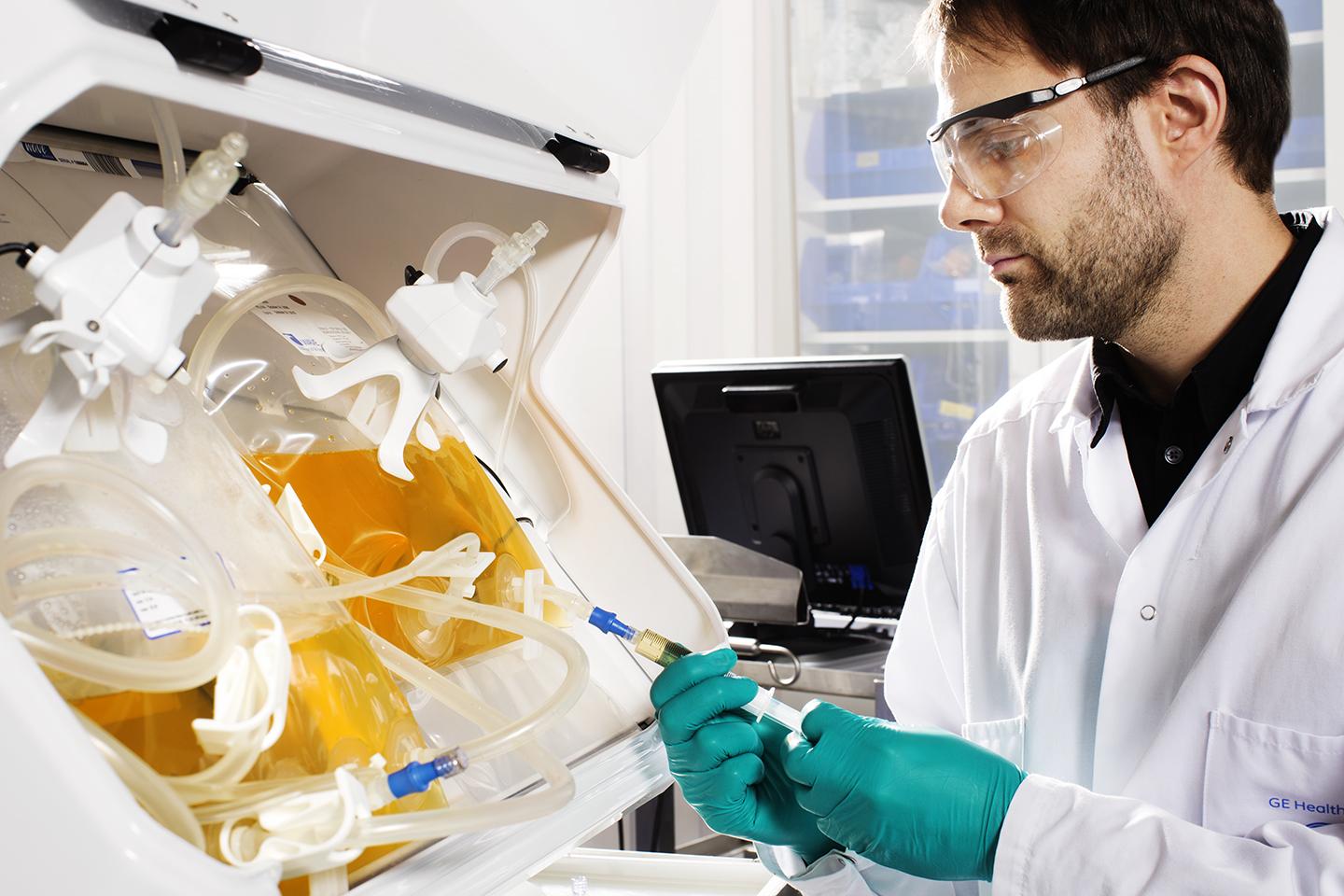The biopharmaceutical industry develops and manufactures biological products like vaccines, blood components, allergenics, somatic cells, gene therapies, tissues, and recombinant therapeutic proteins and antibodies. Proper buffering is crucial for the success of biopharma products and maintaining their stability during manufacturing, storage and transportation. Let us look in detail about why buffers are so important for the biopharma industry.
What are Buffers?
Buffers are aqueous solutions consisting of a weak acid and its conjugate base or a weak base and its conjugate acid. They have the ability to resist pH change upon addition of small amounts of strong acids or bases. This property of buffers makes them extremely useful for maintaining a stable physiological pH required by biologics. Common buffer systems used are phosphate, Tris, acetate, citrate and histidine buffers. Buffers help control pH by neutralizing added hydroxides or protons through reversible acid-base reactions. Maintaining optimum pH is critical for preserving the 3D structure, biological activity and immunogenicity of biologics.
Role of Buffers during Different Stages
During Upstream Processing
Biopharma Buffer play an important role right from the early upstream manufacturing stage. Living cells used for production of biopharmaceuticals are grown under tightly controlled conditions in bioreactors. Buffers are added to cell culture media to maintain optimal pH for cell growth and protein production. Bioreactors need continuous pH monitoring and adjustment to ensure cells are not stressed. Buffers facilitate this process by counteracting lactic acid and other metabolic byproducts released by cells.
During Downstream Processing
During downstream purification steps like centrifugation, chromatography, filtration, concentration and formulation, buffers stabilize biopharmaceuticals and prevent denaturation and aggregation. Switching of buffer systems is also required between different purification steps. For example, ion-exchange chromatography often involves changing buffer composition and pH to elute bound molecules. Proper buffer selection and control of buffer conditions is critical at each downstream step.
During Fill-Finish, Storage and Transportation
The final drug product is filled into vials, syringes or other containers under aseptic conditions along with a stabilizing buffer formulation. This prevents biologic degradation during long-term storage at 2-8°C or room temperature. Some biologics also require refrigerated or frozen transportation and storage. Buffers maintain stability by neutralizing temperature or mechanical stresses during distribution. Post-marketing stability studies monitor product quality over shelf life to ensure potency and safety.
Optimizing Buffers using Advanced Tools
Selection of right buffer type and concentration is carried out through extensive preformulation studies assessing protein stability. Key parameters like solubility, aggregation propensity, secondary/tertiary structure, biological activity are analyzed using biophysical techniques under various buffer conditions. Advanced tools like DSC (differential scanning calorimetry), FTIR (fourier transform infrared spectroscopy) and chromatography enable detailed protein-buffer interaction analysis. Molecular modeling and simulation softwares also help predict optimal buffer formulations. Robust buffers identified through such R&D efforts ensure consistent quality attributes of biopharma products.
Regulatory Guidelines on Buffers
Stringent global regulations govern every step of biopharmaceutical development and manufacturing. Regulatory agencies like FDA and EMA have strict criteria for buffer selection and validation. They prescribe limits for buffer impurities, toxicity testing and identification of degradation products. ICH stability testing guidelines mandate assessing product stability under different climatic zones for up to 36 months. Any change in buffer composition or suppliers during commercial production requires revalidation as per regulatory requirements. Compliance with global quality standards is crucial for worldwide approval and sales of biologic drugs.
Advancements in Buffer Technologies
Novel buffer technologies are continuously evolving to meet the complex demands of higher yielding biomanufacturing processes and stable biologic formulations. Designer buffers incorporating additives like amino acids, polymers, surfactants demonstrate enhanced capacity and compatibility. Mono/multi-component buffers customized for each biologic entity provide more precision. Excipient screening platforms based on artificial intelligence and high throughput techniques accelerate buffer development cycle. Continuous manufacturing employing alternating tangential flow filtration and selective chromatography requires intelligent buffer systems for continuous pH control. Technological innovations coupled with extensive characterization upholds quality consistency in the booming biopharma industry.
Buffers play an indispensable role in maintaining physicochemical stability of biotherapeutics throughout development, manufacturing and distribution lifecycle. Their ability to resist pH change is leveraged effectively at each downstream processing step and long-term storage conditions. Adherence to strict regulatory guidelines and adoption of advanced analytical tools enables optimal buffer selection and validation for consistent bioprocessing. Novel buffer technologies also help meet the evolving needs of high productivity biomanufacturing. Maintaining pH homeostasis through buffers is undoubtedly crucial for commercial success of biopharmaceutical products.
Get More Insights On This Topic: https://www.trendingwebwire.com/mastering-the-essentials-biopharma-buffer-solutions/

